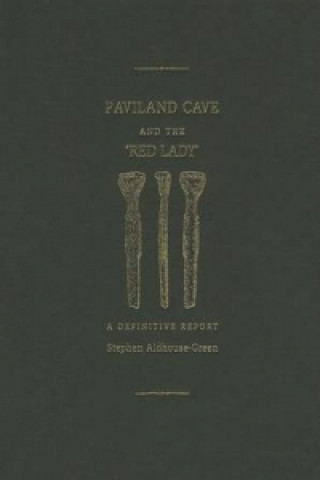
Kod: 04764429
Paviland Cave and the Red Lady
Paviland Cave on Wales' Gower Peninsula, discovered in 1823, contained the remains of a young adult male, covered with red ochre, misidentified as 'the red lady'. The richest Early Upper Palaeolithic site in Britain, its recent re ... więcej
- Język:
 Angielski
Angielski - Oprawa: Twarda
- Liczba stron: 314
Wydawca: Western Academic & Specialist Press Ltd, 2000
- Więcej informacji o książce

Zobacz książki o podobnej tematyce
-

Sunny Spells
152.73 zł -

Programming Collective Intelligence
198.76 zł -5 % -

Lykophron: Alexandra
1381.97 zł -

Henri Poincare, 1912-2012
735.39 zł -

50 Ways to Find a Lover
174.99 zł -

To Distraction
47.53 zł -23 %
Powiadomienie o dostępności
Wpisz swój adres e-mail, aby otrzymać od nas powiadomienie,
gdy książka będzie dostępna. Proste, prawda?
Więcej informacji o Paviland Cave and the Red Lady
 Opis
Opis
Paviland Cave on Wales' Gower Peninsula, discovered in 1823, contained the remains of a young adult male, covered with red ochre, misidentified as 'the red lady'. The richest Early Upper Palaeolithic site in Britain, its recent re-excavation, a study of previously excavated artefacts and a suite of radiocarbon dates have enabled intriguing new interpretations to be made of Paviland. Paviland Cave on the Gower Peninsula of Wales is the richest Early Upper Palaeolithic site in Britain. It came to light in 1823 when the Reverend William Buckland discovered the remains of a young adult male, covered with red ochre, in Goat's Hole Cave, Paviland. The circumstances of the burial hint at a ritual or shamanic use of the site. Ceremonially buried, with ivory ornaments and perforated sea shells, the body soon became the subject of debate, not least because the original finder of the skeleton pronounced it that of a woman, the 'Red Lady' of Paviland. The recent re-excavation of the site, a new study of previously excavated artefacts, and a suite of radiocarbon dates, have enabled reconstruction of the phases and nature of human use of the cave. Set in the context of climatic and environmental change, this has allowed new, intriguing interpretations to be made of Paviland. The first human presence, in this case that of Neanderthals, may date back to 50,000 years ago. The presence of an anatomically modern human at Paviland c. 26,000 BP, with no trace of Neanderthal features, poses questions about the timing of the colonisation of the British Peninsula by modern humans. The issue of whether parts of Britain were either empty of human population at this time or, alternatively, served as refugia for the last surviving populations of Neanderthals is discussed. The dating evidence from Paviland suggests that the Aurignacian appeared relatively late in Britain, towards 28,000 BP, and the Britain was only infrequently visited by task groups or - more controversially - pilgrims during the climatic downturn from 27,000 BP until the onset of the Last Glacial Maximum. The project to re-evaluate the site and to re-study the artefacts began in 1996, led by Dr Stephen Aldhouse-Green of the University of Wales College, Newport, and was completed in 1999. This volume is the definitive report of that study
 Szczegóły książki
Szczegóły książki
Kategoria Książki po angielsku Humanities Archaeology Archaeology by period / region
- Pełny tytuł: Paviland Cave and the Red Lady
- Podtytuł: A Definitive Report
- Język:
 Angielski
Angielski - Oprawa: Twarda
- Liczba stron: 314
- EAN: 9780953541812
- ID: 04764429
- Wydawca: Western Academic & Specialist Press Ltd
- Waga: 1361 g
- Wymiary: 280 × 220 × 25 mm
- Data wydania: 01. December 2000
Ulubione w innej kategorii
-

Lifeways of Hunter-Gatherers
166.19 zł -5 % -

Lost Technologies of Ancient Egypt
106.20 zł -4 % -

Magicians of the Gods
63.21 zł -15 % -

Egyptian Hieroglyphs for Complete Beginners
61.39 zł -23 % -

Horse, the Wheel, and Language
133.72 zł -12 % -

War before Civilization
101.14 zł -

Petra
38.23 zł -23 % -

Cat in Ancient Egypt
52.19 zł -23 % -

Complete Pompeii
93.56 zł -23 % -
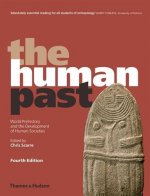
Human Past
285.65 zł -

Scenes from Prehistoric Life
116.72 zł -23 % -

Across Atlantic Ice
200.18 zł -

Book of Enoch
140.85 zł -4 % -

Timewalkers
78.28 zł -14 % -

Creating the Human Past
185.81 zł -
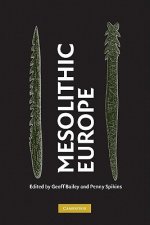
Mesolithic Europe
588.51 zł -
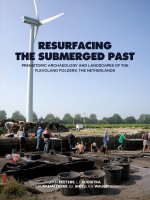
Resurfacing the Submerged Past
301.33 zł -4 % -

American Beginnings
331.98 zł -
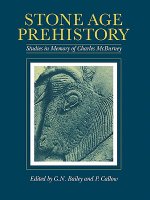
Stone Age Prehistory
138.98 zł -

Lindow Man
76.36 zł -

Her Cup for Sweet Cacao
286.97 zł -10 % -

Against the Grain
93.96 zł -5 % -

Dress Accessories, c. 1150- c. 1450
154.76 zł -14 % -
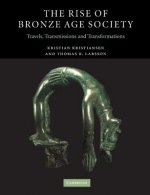
Rise of Bronze Age Society
373.35 zł -

Lewis Chessmen: Unmasked
42.58 zł -14 % -
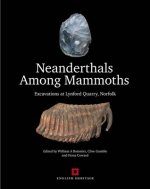
Neanderthals Among Mammoths
859.81 zł -

Biblical Archaeology: A Very Short Introduction
42.88 zł -23 % -

Bible Unearthed
85.97 zł -5 % -

Seismosaurus
474.91 zł -

Treasures of the Valley of the Kings
141 zł -5 % -

Divine Creatures
113.08 zł -6 % -

Tutankhamun
139.58 zł -23 % -

Hieroglyphics
113.79 zł -15 % -
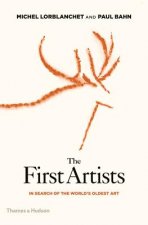
First Artists
93.46 zł -23 % -

In Search of the Indo-Europeans
146.66 zł -1 % -

Performance Power and the Art of the Aegean Bronze Age
250.15 zł -

Tasting the Past
103.78 zł -14 % -

Classical Archaeology 2e
204.93 zł -

Upper Pleistocene Prehistory of Western Eurasia
378.01 zł -

Humans at the End of the Ice Age
872.25 zł -

Medieval European Coinage: Volume 14, South Italy, Sicily, Sardinia
425.65 zł -

Prehistory: A Very Short Introduction
55.83 zł -5 % -
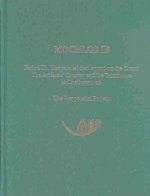
Mochlos IB
542.99 zł -

Salt in Prehistoric Europe
152.23 zł -4 % -

Prehistoric Rock Art
144.14 zł -14 % -

Medieval Household
285.75 zł -

Complete Cities of Ancient Egypt
116.32 zł -23 % -

First Signs
56.74 zł -23 % -
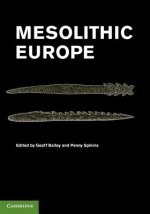
Mesolithic Europe
329.25 zł
zadowolonych klientów
Od roku 2008 obsłużyliśmy wielu miłośników książek, ale dla nas każdy był tym wyjątkowym.
Copyright! ©2008-24 libristo.pl Wszelkie prawa zastrzeżonePrywatnieCookies



 21 milionów książek
21 milionów książek Dostawa 10.99 zł
Dostawa 10.99 zł (32) 444 93 66 (8-15.30h)
(32) 444 93 66 (8-15.30h)